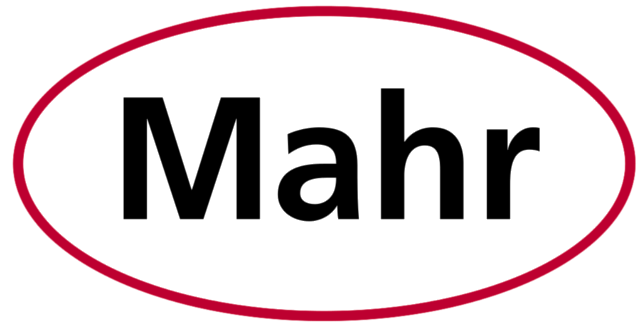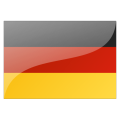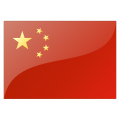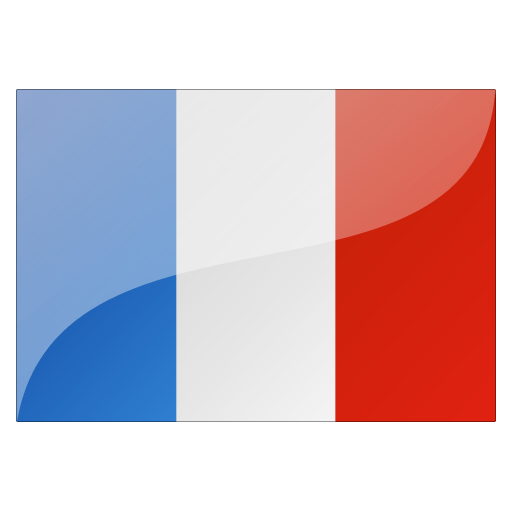






Definitions
Real surface separates a body from the surrounding medium (EN ISO 4287).
Stylus instrument enables two-dimensional tracing of a surface. The stylus is traversed normal to the surface at constant speed (EN ISO 3274).
Traced profile is the enveloping profile of the real surface acquired by means of a stylus instrument. The traced profile consists of form deviations, waviness and roughness components (EN ISO 3274, DIN 4760).
Parameters usually are defined over the sampling length. An average parameter estimate is calculated by taking the arithmetic mean of the parameter estimates from all the individual sampling lengths. For roughness profile parameters the standard number of sampling lengths is five. For curves and related parameters (e.g. material ratio) the basis for the calculation of the parameters’ values is the evaluation length (EN ISO 4288).
Traversing length lt is the overall length traveled by the stylus when acquiring the traced profile. It is the sum of pre-travel, evaluation length ln and post-travel.
Cutoff λc of a profile filter determines which wavelengths belong to roughness and which ones to waviness.
Sampling length lr is the reference for roughness evaluation. Its length is equal to the cutoff wavelength λc. The sampling lengths lp and lw respectively, are the reference lengths for the P-profile and the W-profile evaluation.
Evaluation length ln is that part of the traversing length lt over which the values of surface parameters are determined. The standard roughness evaluation length comprises five consecutive sampling lengths.
Pre-travel is the first part of the traversing length lt.
Post-travel is the last part of the traversing length lt. Pre-travel and post-travel are required for phase correct filtering.